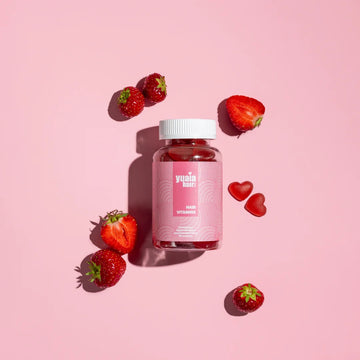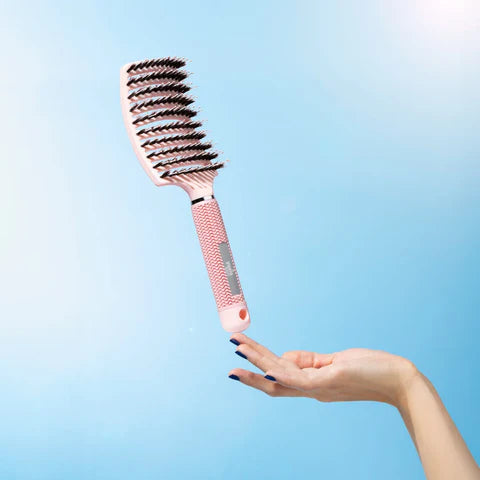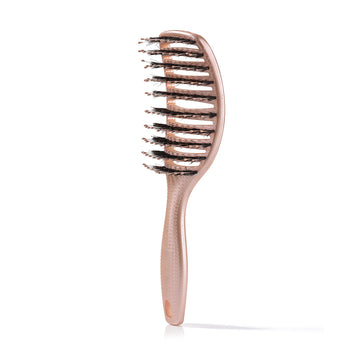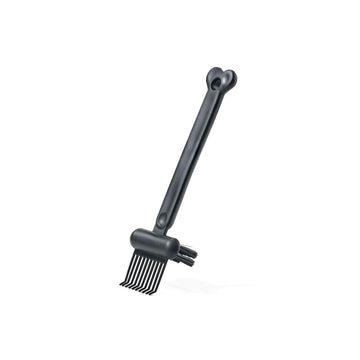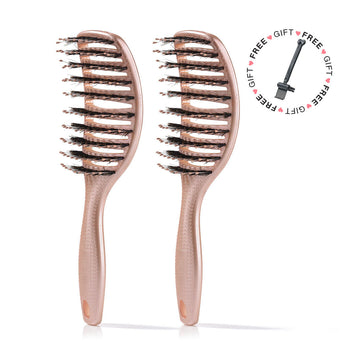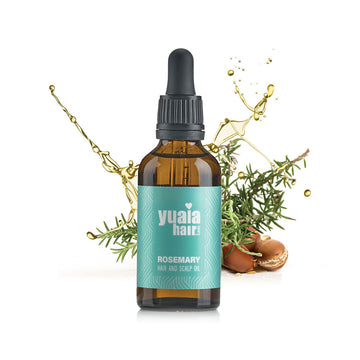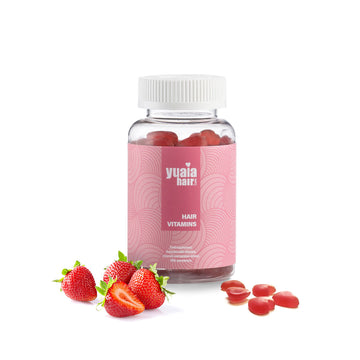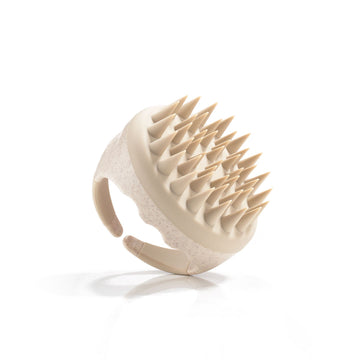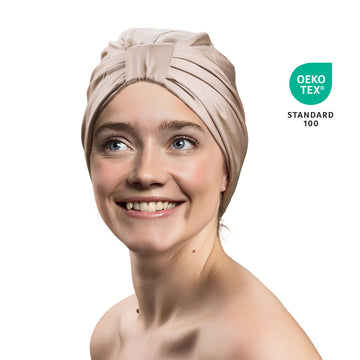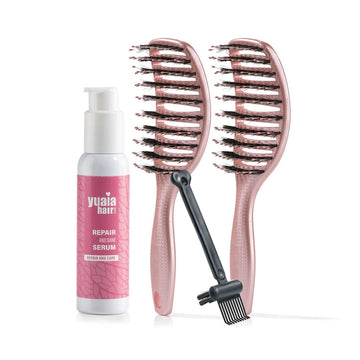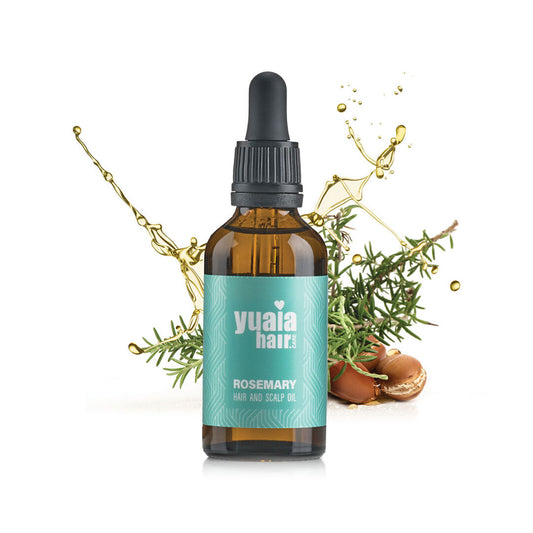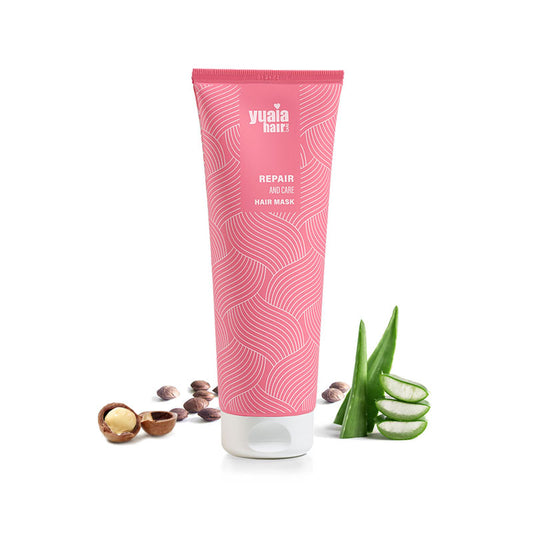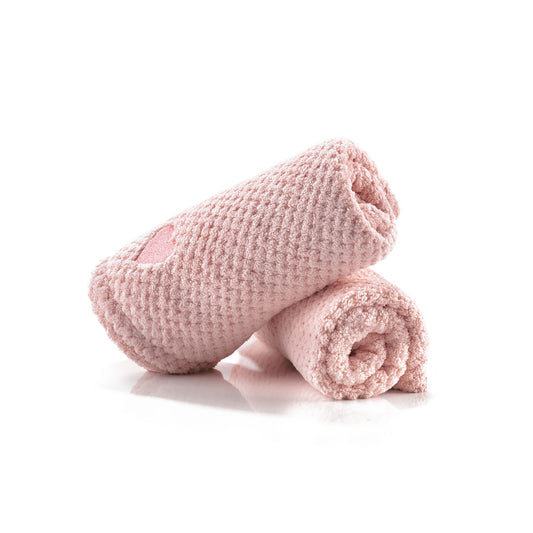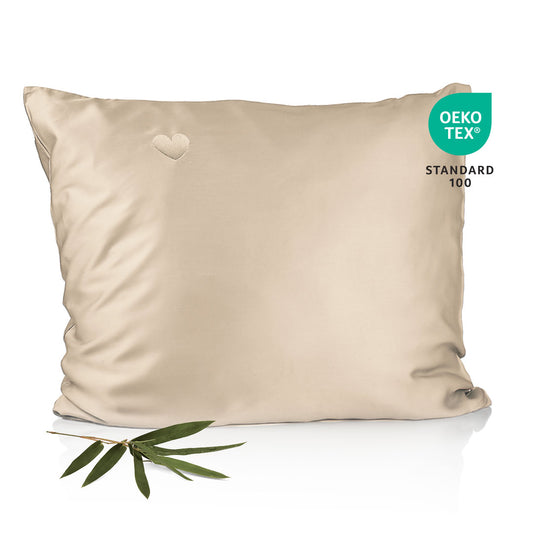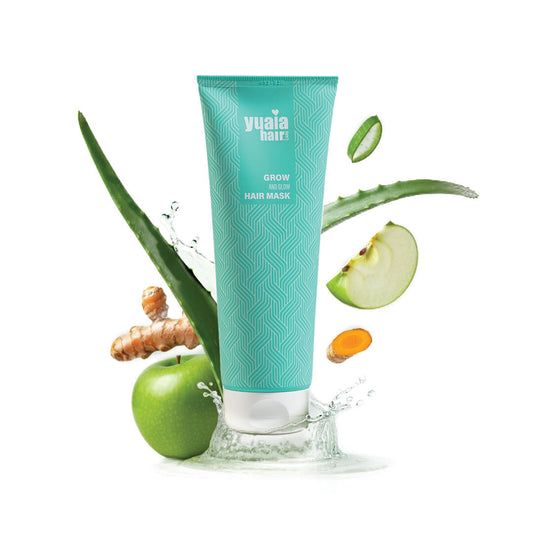
Identifying signs of over-moisturized hair
Recognizing the symptoms of over-moisturized hair is crucial for addressing the issue before it leads to more significant problems. When hair is over-moisturized, it often exhibits a range of physical symptoms that can be quite telling.
Physical symptoms
Over-moisturized hair tends to feel limp and mushy, especially when wet. This softness, while initially seeming like a positive sign of hydration, actually indicates that the hair lacks the necessary structure to maintain its shape. For those with curly hair, a lack of curl definition is a common sign, as the curls lose their natural bounce and become undefined.
Styling challenges
Hair that is over-moisturized can also become challenging to style and manage. It may not hold styles well, appearing flat and lifeless regardless of the effort put into styling. This is because the hair's elasticity is compromised, making it difficult to achieve and maintain a desired look.
Impact on hair elasticity
One of the most significant impacts of excessive moisture is the effect on hair elasticity. Over-moisturized hair stretches more than it should and is prone to snapping. This is due to the weakened internal structure of the hair, which cannot withstand the stress of styling or manipulation.
To effectively manage and restore balance, it's important to adjust your hair care routine accordingly. Reduce the frequency of hydrating products and incorporate protein treatments to strengthen the hair and improve its elasticity. Using a rosemary hair oil can also help nourish the hair and provide a balanced level of moisture without overloading it.
How to fix moisture overload
When dealing with over-moisturized hair, the goal is to restore its natural balance, ensuring it remains healthy and manageable. One effective method is to start with a clarifying wash. This helps remove any product buildup that might be exacerbating the moisture overload. By thoroughly cleansing the hair, you allow it to reset and better absorb the necessary nutrients and proteins.
Another important step is to minimize the use of heavy conditioners and leave-in creams. These products, while beneficial in moderation, can lead to excessive moisture retention if used too frequently. Instead, opt for lighter formulas that provide hydration without overwhelming the hair's natural structure.
Integrating protein-rich products into your routine is also essential. Protein treatments help reinforce the hair's structure, improving its elasticity and strength. This is particularly important for those with curly or textured hair, as these types often require a delicate balance between moisture and protein.
Preventing moisture overload in the future
To prevent future instances of moisture overload, it's vital to maintain a balanced hair care routine. Understanding your hair type and its specific needs can guide you in choosing the right products. For instance, those with high porosity hair may need more frequent protein treatments, while low porosity hair might benefit from lighter, more hydrating products.
At Yuaia Haircare, we offer a range of gentle formulations, such as our microfiber towel, that help maintain the right moisture-protein balance. These products are made to provide the necessary care without the risk of overloading your hair with moisture.
Additionally, using accessories like a bamboo pillowcase can help reduce friction and moisture loss during sleep, further protecting your hair from potential damage.
Frequently asked questions
Can straight hair be over-moisturized?
Yes, straight hair can also experience moisture overload. While curly hair is more susceptible due to its structure, straight hair can become limp and lose its natural volume if over-moisturized.
What are the best practices for balancing moisture and protein?
Balancing moisture and protein involves understanding your hair's specific needs. Regularly assess your hair's condition and adjust your routine accordingly. Use protein treatments when hair feels overly soft or lacks structure, and hydrate when it appears dry or brittle.
How often should I use protein treatments?
The frequency of protein treatments depends on your hair type and condition. Generally, once a month is sufficient for most hair types, but those with damaged or high porosity hair may benefit from more frequent treatments. Monitor your hair's response and adjust as needed.
 Dostawa 2-5 dni
Dostawa 2-5 dni
 Ponad 100 000 zadowolonych klientów
Ponad 100 000 zadowolonych klientów
 Gwarancja satysfakcji
Gwarancja satysfakcji

